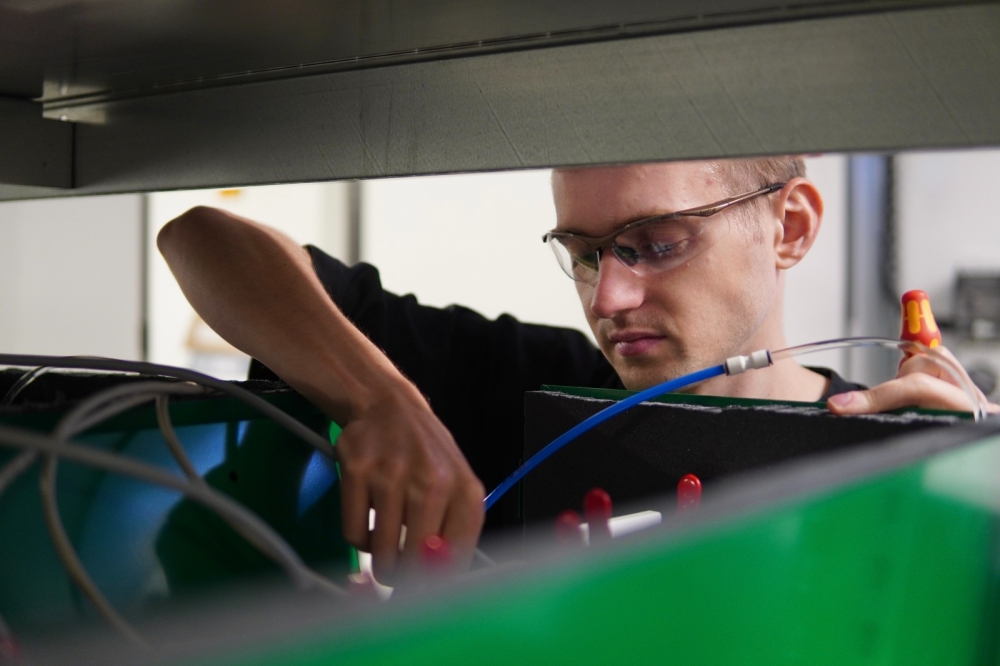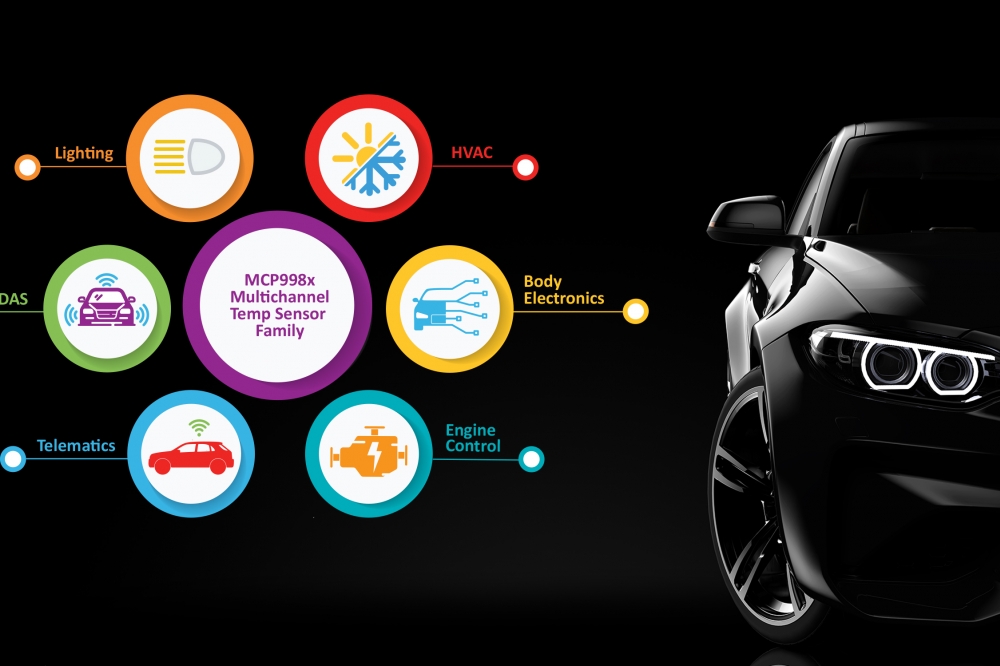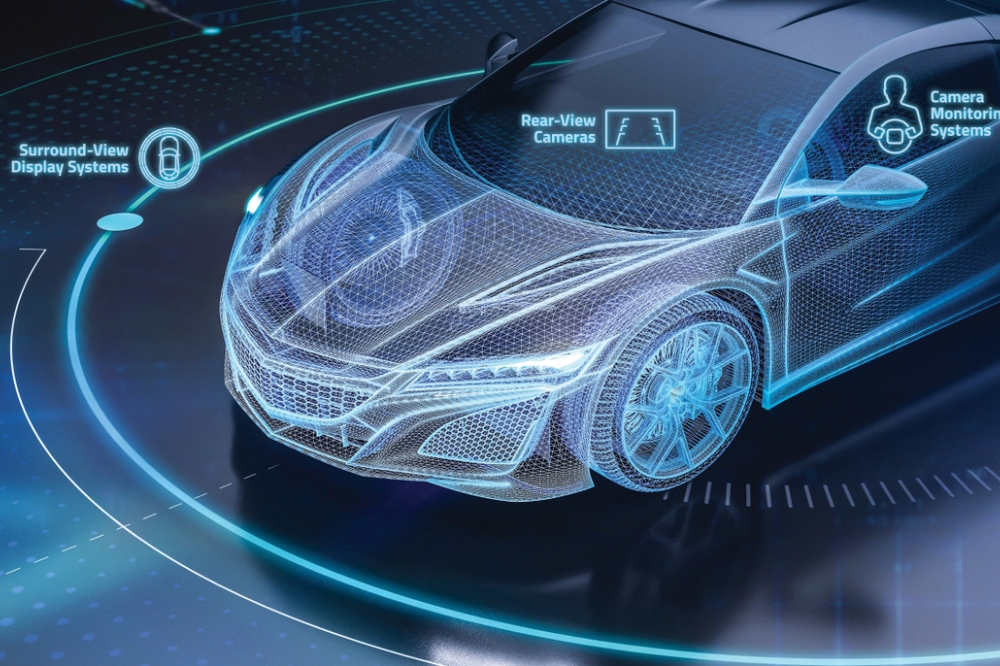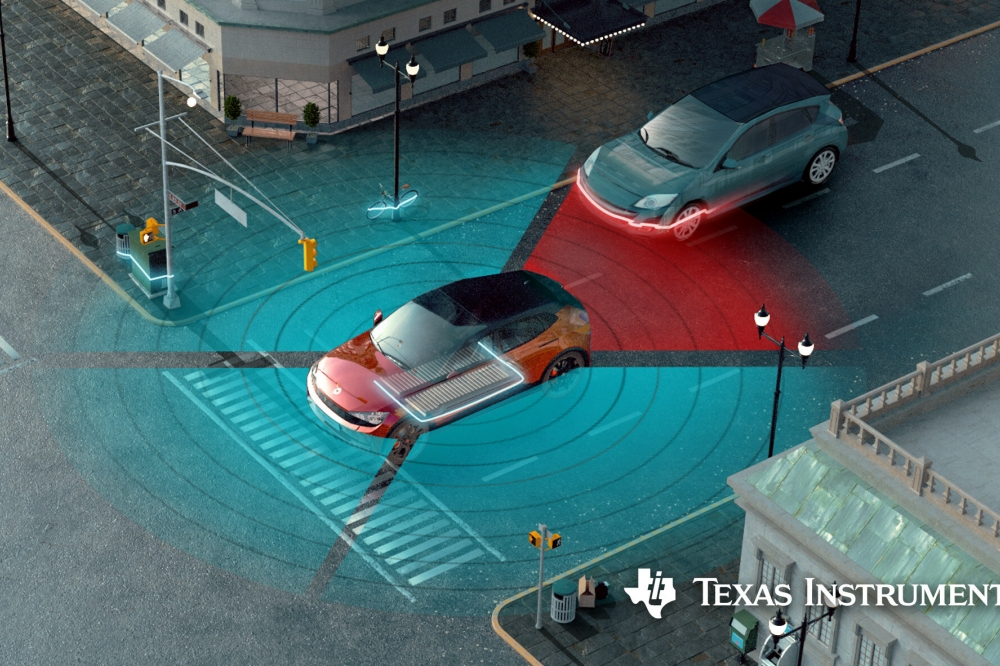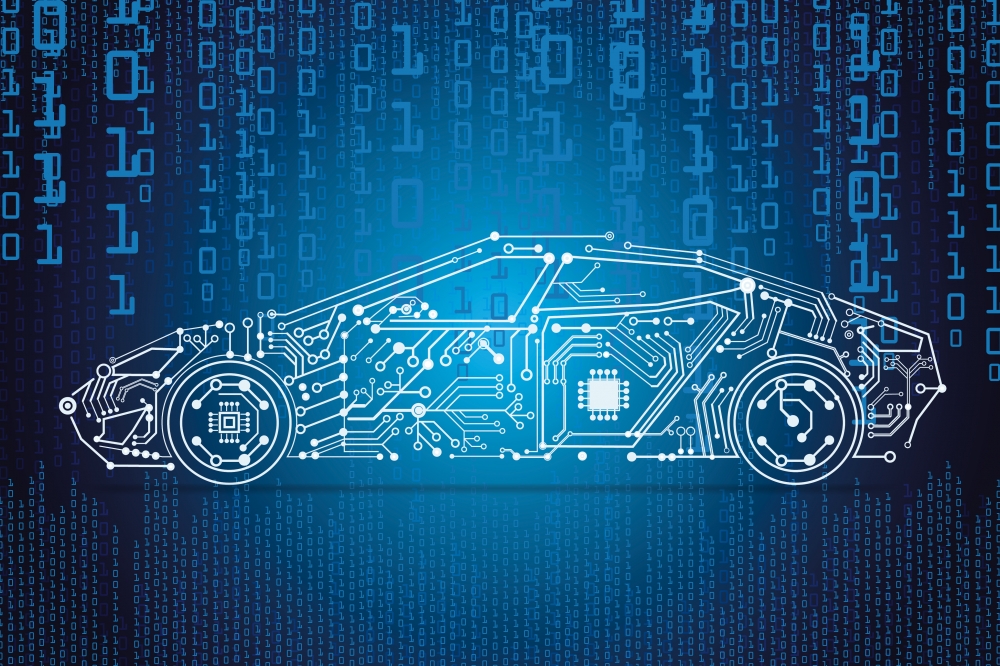Charging the UK to Power an EV Future

Julian Skidmore, Senior Software Engineer at embedded systems consultancy ByteSnap Design
Driven by concerns over global heating and improvements in battery technology, electric vehicles are the most promising solution for emissions-free transit, but one barrier to adoption is the slower-developing EV charging infrastructure which can be inconsistent and difficult to use.
Battery electric vehicle (BEV) sales in the UK are projected to be around 100,000 during 2020 and the government has set a goal for half of all new vehicle sales by 2030 to fall into the “ultra-low” emissions category. Yet, at current growth rates over 2010 to 2019, all registered vehicles will be BEVs by the mid-2020s.
The availability of public charging points is an issue though, and charging availability and technology could potentially hold back EV adoption. While battery capabilities have grown rapidly, from a range of 100 miles to between 200 and 300 miles, EV prices are falling, consumer choice is growing and EV performance is rising, but EV charging infrastructure is not yet keeping up.
Charging
Rapid DC charger rollout is essential for longer journeys, because the charging rate has a much bigger impact on average speeds than battery size. If we want to put EVs on the highway, rapid charging matters more than a large battery, but for local or urban driving there will be a market for smaller battery, slow charging EVs.
AC chargers, like those at home, with slower charging and lighter loading are best for grid management with local or urban driving. That’s because most journeys are short, so their energy requirements won’t change over time. Home chargers obviously keep up with EVs sold, but public ones aren’t so they should be targeted, because they’re cheap and cover most cases. Some of the new cars in 2020 will have modest batteries, short ranges and 7KW charging as standard.
User experience
EV chargers are less user-friendly than we’d expect from something that is powering our driving future. Billing mechanisms can be “nasty” and payment methods inconsistent; connections can be faulty or intermittent; systems can crash and user interfaces that are on the opposite side of the charger from the plug cause inconvenience.
We wouldn’t accept this lack of service at a petrol station and EV journeys shouldn’t have to be that stressful.
Revolution
While we are at the beginning of the EV revolution, which presents an opportunity without the constraints of fossil fuel powered cars which need piping, tankers, stations and Just In Time logistics, better government support and initiatives are needed to support charging locations and a good geographical distribution of chargers. Subsidies for charging network providers may also be needed, along with consideration of load balancing, as distributed energy could cause intermittent supply.
Usage restrictions and non-standardised interfaces represent wasted engineering effort that actually slows down adoption and finally charging points are unmanned, resulting in maintenance issues. However, that could actually present an opportunity for a new service industry.
Although charger manufacturers would like a comprehensive networking protocol between the charger and the car, the IEC 61851 and 62196 specifications have led to a plethora of CAN bus, IP over Power and crude PWM communications along with incompatible plugs. Combined with that, manufacturers’ reluctance to provide useful EV battery charging status (to protect their patents) will also continue to inhibit the potential for Smart EV charging.
Vehicle to Grid (V2G)
Because batteries also represent a source of base-load microgeneration, EVs can be part of the energy solution. ByteSnap, in collaboration with a consortium of partners, is working on a two year project called VIGIL (Vehicle-to-Grid Intelligent Control), which will see the development of a new communication and control platform for vehicle-to-grid (V2G) and vehicle-to-building (V2B) systems.
V2G technology could mean that EVs can return energy to the power grid when stationary and plugged in, increasing energy grid resilience and providing payback for EV drivers. V2G connectivity could also take advantage of the new phenomenon of renewable energy surplus. Germany is one country where consumers can experience negative energy prices, thanks to renewable and green energy initiatives.
VIGIL would promote comprehensive charging communications, in turn aiding EV adoption, with ByteSnap’s smart communications controller (called RAY) managing the charge going back into the smart building, or substation. In turn, substation energy can flow into the smart building; charge EVs or return power to the grid.
Future
Appless charging, where EV owners can tap a credit or debit card on a charging post to start and stop charging is something every EV driver would like. Some Polar Ultrachargers already have a contactless payment method and Ecotricity Electric Highway plans a similar upgrade, despite the plan bringing with it higher charging costs.
Combining substations with urban car parks could help solve issues of kerb-based charging sockets which can be inaccessible or easily damaged. Secure multi-storey car parks with built-in charging facilities where the infrastructure is in one place and therefore cheaper to implement, upgrade and maintain, would clear streets of EVs and provide security.
Alongside V2G facilities, fully automated charging is the dream of every EV driver. Intuitively, robots would plug in charging cables, but this over-engineering of a human oriented interface might better be met by inductive charging, though since that requires charging mechanisms to change yet again it's more likely in the long term.
EVs are the most likely technology to replace fossil fueled vehicles and the nascent world of EVs is a rapidly accelerating, disruptive market, which charging technology and infrastructure is as critical to as the vehicles themselves. Driving the deployment of EVs will come from making EV driving as effortless and attractive as petrol and diesel vehicles.
Charging the UK to Power an EV Future
Modified on Monday 9th March 2020
Find all articles related to:
Charging the UK to Power an EV Future


 Add to my Reading List
Add to my Reading List Remove from my Reading List
Remove from my Reading List